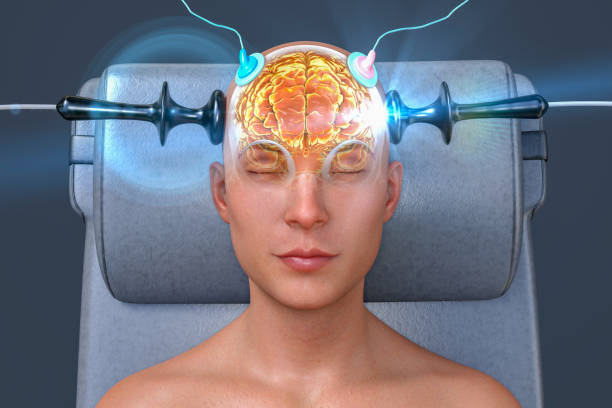Catatonia is a psychomotor disorder that disrupts how a person responds to the world around them; it impairs their ability to move normally, communicate or respond to stimuli. So, they may not react, or they may respond unusually to things happening nearby.
Unusual movement, impaired communication and behavioural abnormalities are the most prominent symptoms of this condition. However, a person may also experience excessive movement, agitation, confusion and restlessness.
When this condition was first discovered, experts mistook it for schizophrenia because they have similar symptoms. Still, with more research, it was found that it can result from any mental disorders or conditions that upset your body’s metabolism. So, anyone who suffers from mental illness is at risk of developing catatonia.
Causes
The cause of catatonia is not known, but it happens often in people who have psychotic disorders like bipolar, schizophrenia, or depression. People who have catatonia without any mental disorder usually have one of these physical conditions:
- Parkinson’s disease, which attacks the body’s nervous system
- Conditions that affect the chemical balance of the body, like diabetes, kidney problems, and thyroid conditions.
- Encephalitis (an ear infection that affects the brain).
Symptoms of Catatonia
The symptoms of catatonia include:
- Stupor: Inability to speak or move; the person might be staring into space.
- Grimacing: Keeping the same facial expression, usually with tensed facial muscles.
- Negativism: When a person does not respond to react to the things happening around them, they don’t even respond to painful stimuli such as a pinch.
- Waxy flexibility: Staying in the same position for long periods.
- Malnourishment and dehydration: Due to lack of eating and drinking.
- Agitation: Acting upset or irritable.
- Echolalia: Mimicking someone’s sound or speech.
- Mutism: When a person is highly or totally quiet.
- Catalepsy: A type of muscular rigidity.
- Echopraxia: Mimicking other people’s movements.
- Mannerism: Movements done exaggeratedly or unusually.
- Stereotyping: Repetitive movements without a meaningful purpose.
Treatment
The two treatment options for catatonia are medication and therapy.
Medication
The treatment for this condition usually starts with medication, and the types of drugs that may be prescribed include muscle relaxants, benzodiazepines, and, in some cases, tricyclic antidepressants.
Benzodiaphenes are the primary medications used to treat catatonia. They are effective and safe, and they work by increasing GABA in the brain. Types of benzodiaphenes include lorazepam, clonazepam and diazepam.
Electroconvulsive Therapy
ECT is also an effective treatment for catatonia; it is a painless procedure done with sedation; a machine is used to deliver an electric shock to the brain, which induces a seizure for a very short period. The seizures help to cause changes in the amounts of neurotransmitters in the brain, which is said to help improve catatonia symptoms.



